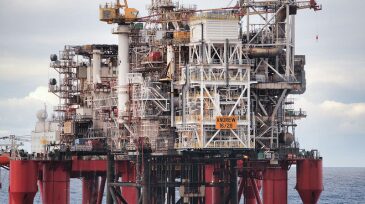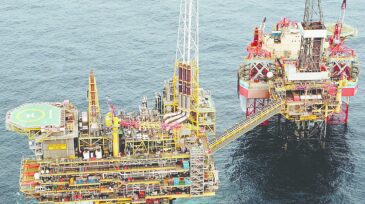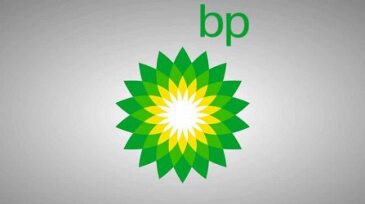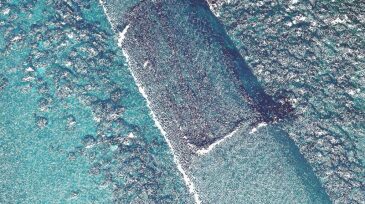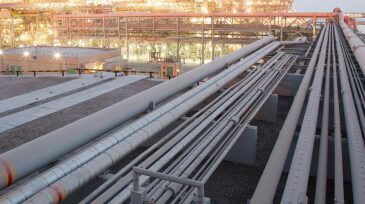BP
-
The deal is part of BP’s plan to divest $10 billion in the North Sea so that it can focus on developing core growth areas and construct more cost-effective subsea tiebacks in the region.
-
The company will shell out more than $800 million to acquire interests in the Andrew and Shearwater areas, as well as the Tolmount field, offshore Scotland.
-
BP says it will supply Amazon Web Services with 170 MW of renewable energy, the equivalent of powering 125,000 homes each year.
-
As companies look to reduce the time it takes to inspect a subsea pipeline, as well as the costs involved in the operation, autonomous systems have become a more desirable option. How close are they to becoming the norm?
-
Three appraisal wells drilled this year—GTA-1, Yakaar-2, and Orca-1—targeted nine hydrocarbon-bearing zones, encountering gas in high-quality reservoirs in all zones and yielding a combined 160 m of net pay.
-
ADNOC said the agreements will maximize its access to new markets, effectively booking out the majority of its LNG production through the start of 2022.
-
Most companies have known for a while that they benefit when the parties that manage their networks cooperate. Beyond benefiting the business, however, this cooperation of open communication between the different sectors can help the people tasked to manage the security of those networks.
-
The venture arm of the oil giant has put $5 million toward the parent company of Finite Carbon, a US-based company working on sustainable forest management to offset carbon emissions.
-
The Orca-1 and Marsouin-1 wells have derisked up to 50 Tcf of gas initially in place from the Cenomanian and Albian plays in the BirAllah area, more than sufficient to support a world-scale LNG project, partner Kosmos Energy said.
-
Heavy deal-making since 2015 by the two majors has resulted in very different upstream portfolios.

